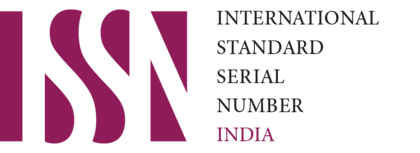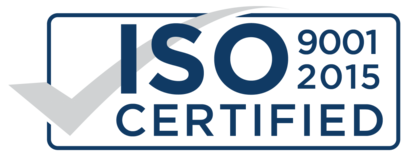ASSESSMENT OF FARMERS’ FERTILIZER MANAGEMENT PRACTICES AND CROPPING PATTERNS IN TATKON TOWNSHIP, NAY PYI TAW UNION TERRITORY, MYANMAR
Keywords:
Cropping patterns, Fertilizer management practicesAbstract
Face-to-face interviews (n = 48) were conducted at Kin Mun Tan village tract in Tatkon Township, Nay Pyi Taw Union territory, Myanmar to identify current status of cropping patterns in their farmland and to assess the currently used fertilizer management practices in the study area. Survey data indicated that there were twenty-four cropping practices and it could be categorized as three cropping patterns; double rice (38%), maize based (28%) and sunflower based (34%). In maize and sunflower based cropping patterns, farmers used to grow rotating with other crops such as chickpea, chili, cabbage, onion, parsley, spinach, tomato, watermelon, cotton and banana depending on the market demand. In the fertilizer management practices, they used to apply organic manure, compound, urea, T-super (Triple super phosphorus) and foliar fertilizers. The greater portion of respondents (81%) used organic manure with the average application rate of 4.82 cart per hector (2.42ton ha−1) per year. The highest number of respondent (79%) used compound fertilizers, 85% used urea fertilizer, 2% used T-super and 69% used foliar fertilizers depending on cropping patterns. Concerned with soil fertility status, half of respondents answered that their farm had good fertility status without testing their soils. There were 94% of study area without soil test. It indicated that the study area was necessary to conduct soil analyses to improve soil fertility status. In summary, farm size, compound fertilizer usage, foliar application and year of fertilizer application were depending on diversified cropping patterns. Especially, a cropping pattern including pulses would be assessed with much application of foliar fertilizers.
Downloads
Downloads
Published
How to Cite
Issue
Section
License

This work is licensed under a Creative Commons Attribution-NonCommercial 4.0 International License.








